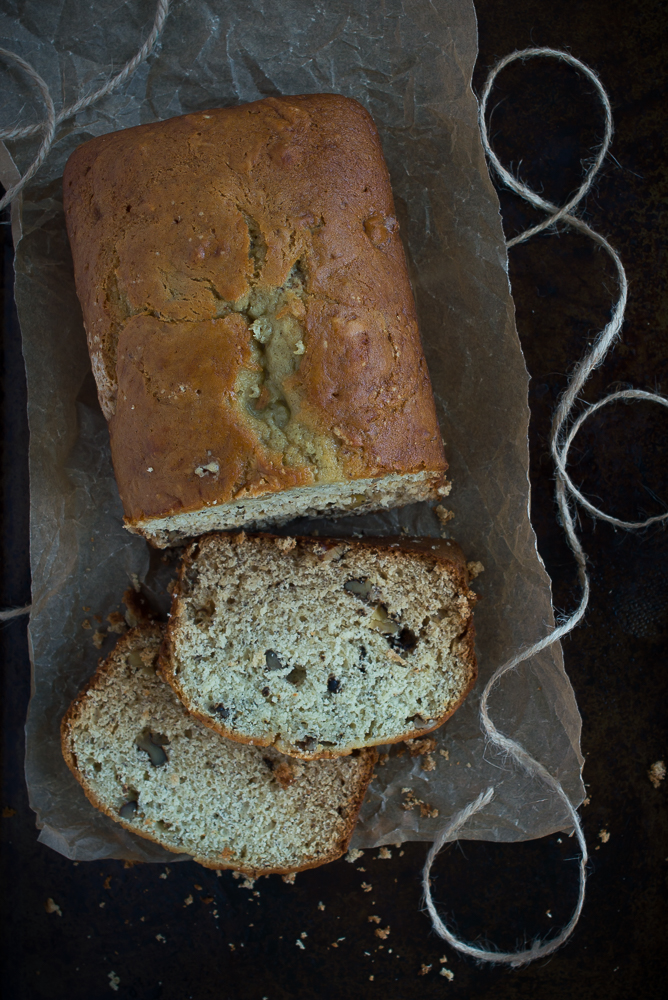You can probably tell that I'm a big fan of pan-fried batter and maple syrup. With fresh berries and butter, of course. It doesn't get much better than this. Waffles and pancakes are recurring posts on my Insta feed, and I would be remiss if I left out French toast.
French toast originated in medieval Europe. While the clergy and nobles feasted on suckling pig and boar sausage, the less fortunate peasants were left to their own devices. Bread, of course, was a staple of the peasant class. Soaking stale bread in a mixture of milk and egg and frying the bread in a cast iron pan was a surefire way to salvage an ailing food. Hence the birth of pain perdu, or "lost bread" in French. It is one of the many famous dishes born out of hardship.
Many centuries later, French toast is a customer favorite on brunch menus across America, and it's incredibly easy to make at home with ingredients that you've probably got on hand. Pillowy challah bread is one of the best breads (I imagine brioche is great as well!) for French toast because it sops up more of the milk/egg/spice mixture than, say, a slice of Pepperidge Farm allows.
Styling sidebar: For this photoshoot, I swapped out my dark wood surfaces for white and concrete. I did this for a couple of reasons. First, I wanted the apothecary jars to pop, as they would've been lost against a walnut surface. The second reason was that I wanted to convey a frosty, wintery aesthetic. This winter, I will definitely stick with my standard moody photos, but I like the idea of throwing in some soft white surfaces as well. It's different. What do you guys think? Would you like to see more of this monochromatic grey/white look? I'd love to hear your thoughts in the comments section!
recipe
- 6 large brown eggs
- 1 1/2 cups whole milk
- 1 tsp grated lemon zest
- 1/2 tsp cinnamon
- 1 tsp brown sugar
- 1/2 tsp kosher salt
- 2 dashes nutmeg
- 2 dashes ground ginger
- 1/4 tsp vanilla extract
- 1 tsp maple syrup
- 1 loaf challah bread
- Unsalted butter
- Vegetable oil
- Preheat the oven to 250°F.
- Beat the eggs in a large mixing bowl. Add the milk, lemon zest, cinnamon, brown sugar, salt, nutmeg, ground ginger, vanilla extract and maple syrup. Whisk together until homogenized.
- Slice the bread into one-inch thick slices. Soak each slice in the mixture for two minutes on each side. Try to fit in as many slices as you can without overcrowding the bowl.
- Put one tablespoon each of butter and vegetable oil in a large nonstick skillet and heat over medium-high. Stir quickly with a spatula to combine. Once the butter has melted, add the soaked bread. Cook each slice for 2 to 3 minutes on each side until golden brown on both sides. Transfer to a cookie sheet and keep warm in the oven. Repeat the frying process with the remaining slices, adding more butter and oil to the pan as needed.
- Serve warm and top with butter, powdered sugar, berries and maple syrup. Eat and repeat. Enjoy!
If you make this recipe, hashtag a pic to #spiceandhutch and post to Instagram, Facebook and/or Twitter. I'd love to see your culinary creations!
Adapted from Ina Garten






